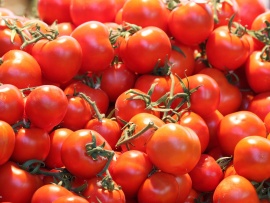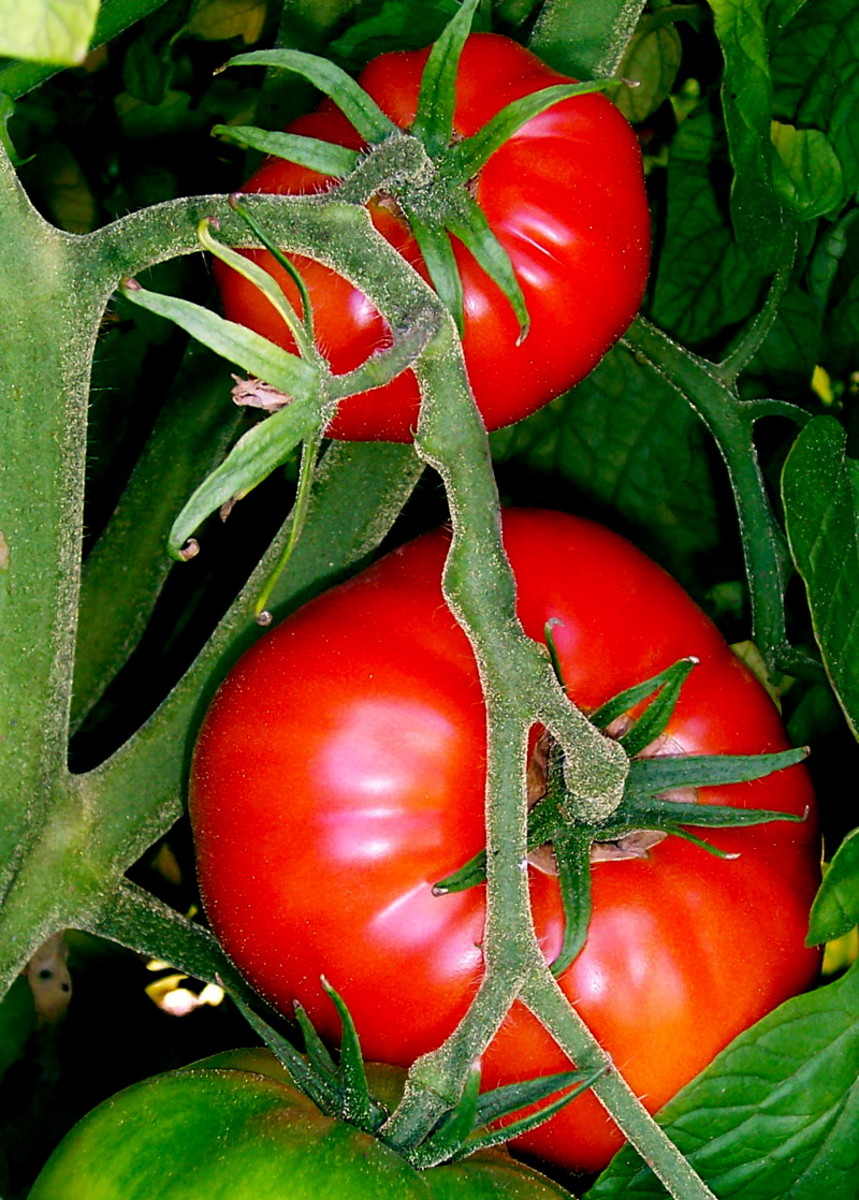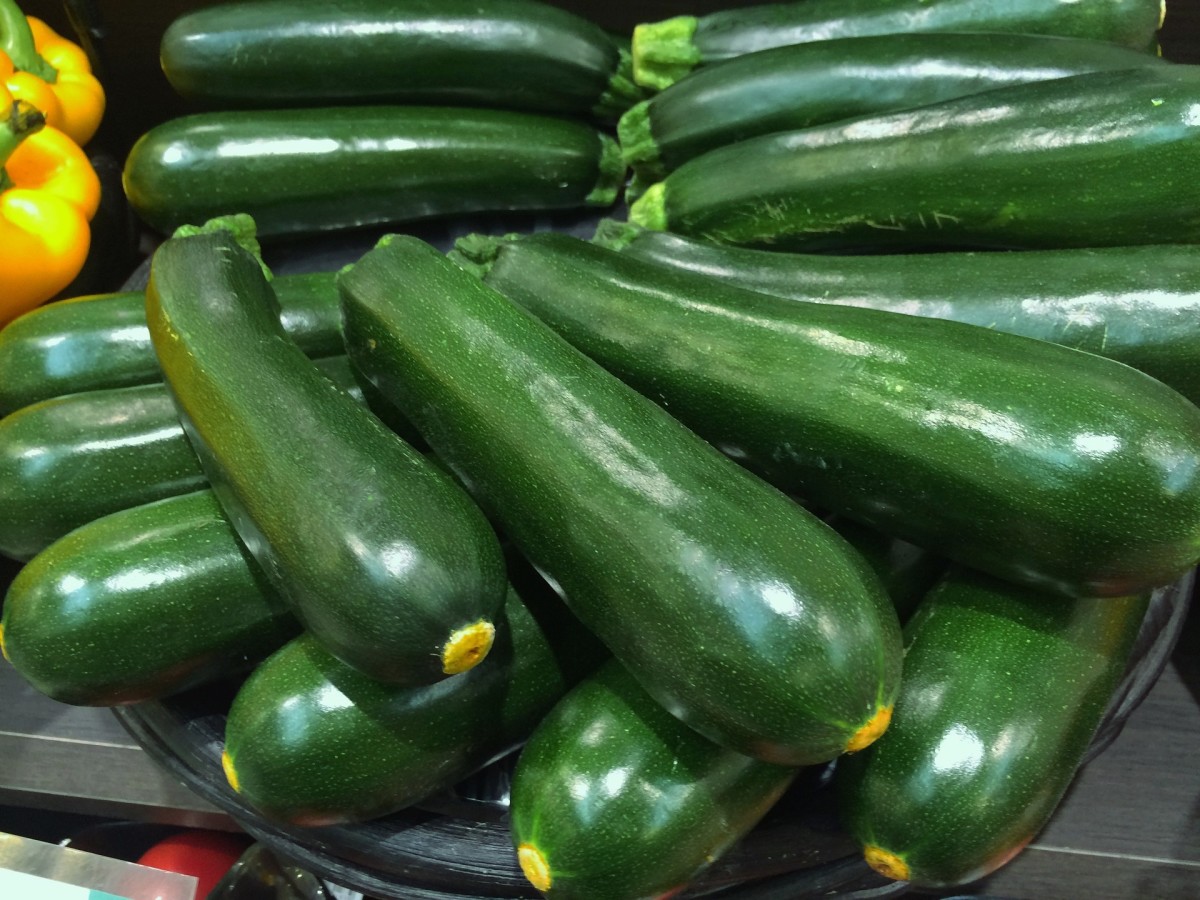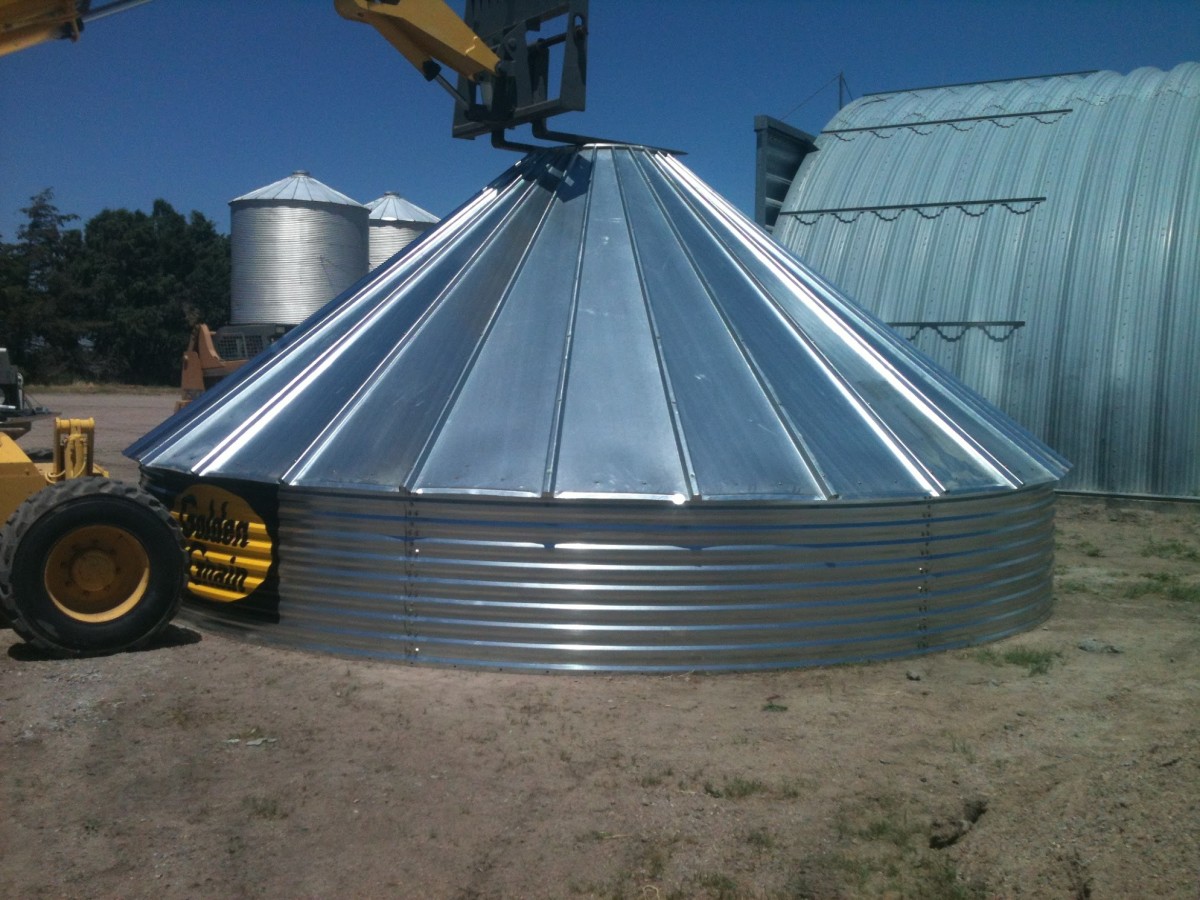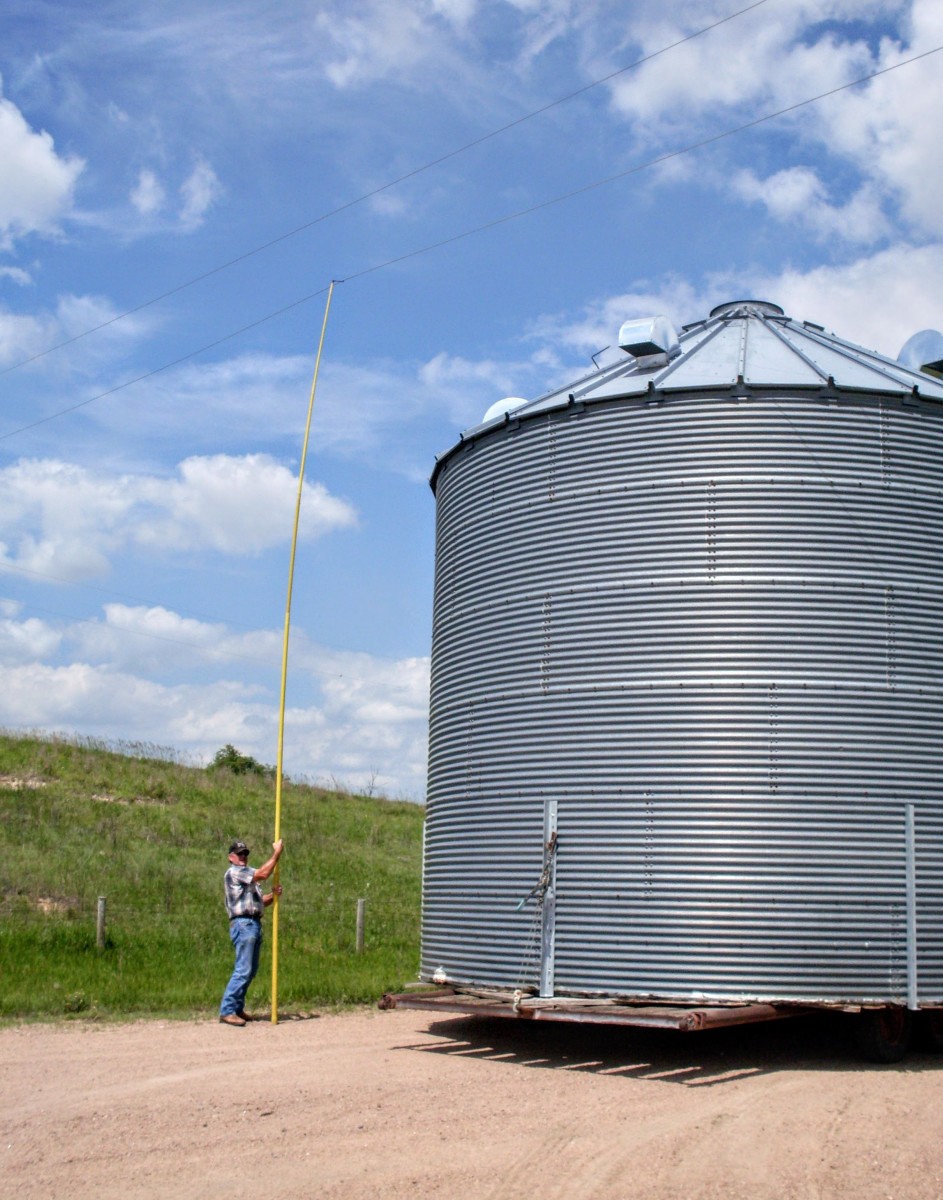LEARN TO PLANT TOMATOES
This planting guide is most applicable to a region who has a dry and wet season especially in the Philippines. But in general, this guidelines is helpful to those beginners who have no idea on how planting of tomatoes be done. Tomatoes is more favorable in dry climate with less rainfall. So try this planting guide, it will help you.
Tomato can be grown in all types of soil. Best in sandy loam to clay loam soil especially if the soil is fertile, well-drained, has a good drainage system, friable soil and free from soil-borne diseases.
Tomato is a warm season plants. The only threat to the growth of this crop is excessive rainfall and extreme heat. When temperature is high and have a relative humidity, it can decrease yield. It develop more leaves and lesser formation of fruits. Due to instability, the flowers can easily drop and reduce the development of fruits. It is also prone to the growth of more diseases.
The soil should not be too moist to avoid the presence of soil-borne organism that will multiply in this condition. Heavy rain is a threat to the development of the flower. But most of tomatoes can handle a moderate dry season.
It can be propagated by seeds or cuttings. Using seedlings are more preferable. Raise it in a seed boxes or bed seeding in a dimension of 40cmx35cmx7cm. Use a fertile soil in equal parts of sand, compost and ordinary soil. The purpose of putting up sand is to absorb air and drain any excess moisture. Using compost can make the soil more fertile. With the addition of using garden soil, it can hold the plants upright and the roots can hold more in the soil.
Seeds should be treated first with fungicides and insecticides to prevent harmful organisms that can affect the germination of the seeds.
Sow the seeds thinly in the seed boxes. Placed it in furrows to allow a uniform distribution of seeds. Cover with fine sand, and press it to prevent exposure during the watering of the soil.
It is a must to water the seedboxes twice a day, morning and afternoon. To have enough moisture to the soil for the early and fast development of the seeds. Germination usually occur 4 to 8 days after it was sown. The germinated seedlings can be watered only every 2 to 3 days to avoid fungus attack.
Protect the roots during transplanting. It can be done by means of blocking, 9 days before the transfer of the seedling to the prepared planting area.
One way is by hardening. Expose it to strong sunlight especially those seedlings that are being shaded in the seed boxes. It can also be done by withholding the watering of the plants before transplanting. Be sure not to wilt the plants prior to transplanting. By postponing, it can slow the growth of plants. The tissues become thicker and harder. The purpose is for rapid recovery of the seedlings during the transplanting activities. This is to allow less mortality.
Prepare the area normally. Plow and harrow the soil properly. Allow time, about 6 days for weed seeds to decompose. This will allow the weed seeds to germinate. Plow and harrow again for the second time by doing it cross-wise to bury decomposing weeds. Then allow another 7 days before the final harrowing and plowing in preparation to transplanting. Put manure and compost to the soil before the final plowing to allow any organic matter to mix with the soil.
When the seedling are already 3 to 4 weeks old, apply starter solution of fertilizer and water it 6 days before transplanting. A day before the transplanting, water the seedboxes thoroughly to allow easy pull-out of seedlings without damaging the root system.
Irrigate the field after transplanting. Transplanting can be done in the late afternoon to avoid shocks due to the heat of the sun. Space the plant 40 cm between hills and 85 cm between rows.
Use 235kg of nitrogen, 120kg of phosphorus and 90 kg of potassium in one hectare. Use chicken dung as additional fertilization to give the soil the needed nutrients for the growth of the plants.
Do watering as often as needed. Water is vital to plant growth and development especially if the rainy season is behind schedule. This is also to avoid retarded growth of the plants.
Irrigate the plants during flowering stage until the fruits are fully develop. At the same, time irrigate the field before the harvest to avoid rupturing the fruits.
